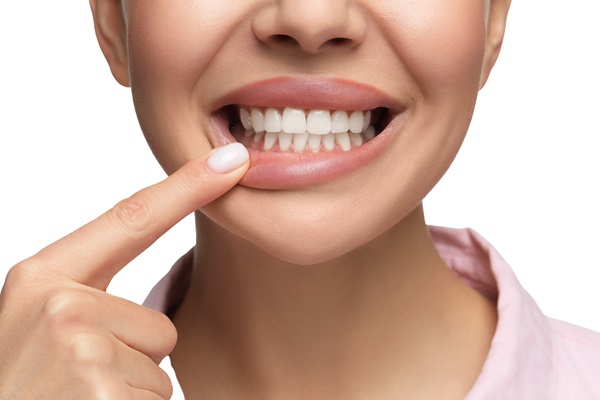Dental Bonding and Teeth Whitening

Dental bonding and teeth whitening are common dental procedures that improve the appearance of your smile. However, some patients are concerned that their teeth may not have the same shade after teeth whitening, particularly if they have had dental bonding on one or more teeth. This review helps patients deal with this concern.
A review of teeth whitening with dental bonding
Understanding the difference between dental bonding and teeth whitening and how the treatment process works can help patients decide on the best way to improve their smile.
Dental bonding explained
Dental bonding repairs minor imperfections in teeth to improve the appearance of the patient's smile and oral health. Dental bonding is most commonly applied to visible teeth in the front of the mouth, and they are primarily used for cosmetic purposes. The procedure is minimally invasive and is safe for the patient. Unlike dental veneers, bonding is reversible because the dentist does not have to remove any enamel. The dentist can fix a range of concerns with dental bonding, including most minor instances of teeth damage, stained teeth, short teeth, and teeth gaps.
Professional teeth whitening explained
Professional teeth whitening is a common dental procedure that involves the application of a bleaching agent to the visible surface of teeth, which removes stains and makes the patient’s smile brighter. Although take-home kits are available, most dentists recommend in-office whitening for the best results. The procedure is safe and monitored by a dental professional, ensuring that the bleaching agent does not cause any serious discomfort or damage the teeth or gums in any way.
How to whiten teeth with dental bonding
A common question that patients have is whether they can have their teeth whitened after dental bonding, fearing that the shade of the bonded teeth will not match the others. Fortunately, dentists can whiten teeth through in-office professional teeth whitening even after dental bonding is applied. This process involves whitening the teeth that do not have dental bonding to ensure that all the teeth have the same color shade.
How to keep your smile looking great
Dental bonding and teeth whitening are ideal ways to improve the appearance of one's smile. However, keeping a smile healthy for the long term requires good oral care practices outside of the office. These include brushing and flossing regularly. It is also encouraged to limit the consumption of foods and drinks that can stain teeth, such as tomato-based dishes, sugar, coffee, tea, and soft drinks. Regular visits to the dentist for a check-up and cleaning are also important for preventing teeth stains and keeping teeth healthy.
Schedule a visit for a consultation to discuss treatment
Contact our office today to schedule a time for a consultation. We would be glad to help you make an informed choice between bonding and teeth whitening, and we can ensure that you have a beautiful smile and that all teeth are protected and have the same color shade after professional teeth whitening or dental bonding.
Request an appointment here: https://elitedentalandorthodontics.com or call Elite Dental and Orthodontics at (310) 668-1088 for an appointment in our Los Angeles office.
Check out what others are saying about our dental services on Yelp: Dental Bonding in Los Angeles, CA.
Related Posts
A kid-friendly dentist offers services for children. They have some similarities to a pediatric dentist, although the two titles are not interchangeable. It is helpful to understand the difference between the two titles and how to determine which one to should visit in order to make an informed decision when choosing a child’s dentist. Kid-friendly dentists…
Implant-supported dentures deliver stable chewing, confident speech, and a natural appearance for patients who struggle with loose plates or frequent sore spots. This approach anchors a full arch to dental implants, creating a secure foundation that resists slipping during meals and conversations. With careful planning, the treatment protects bone health, restores balanced bite forces, and…
Routine dental cleanings help maintain the health of your teeth and gums by removing plaque and tartar buildup. However, practicing good oral hygiene at home is essential to prevent oral health issues between visits. Taking proper care of your teeth daily ensures a bright, healthy smile over time.Brushing teeth at least twice daily helps keep…
A new dental filling can help restore the function and integrity of a damaged tooth. However, it is important to be mindful of aftercare practices to ensure their longevity and prevent potential complications. Avoiding certain habits and foods immediately after a dentist places a filling can protect it and the tooth. Here is what you…















